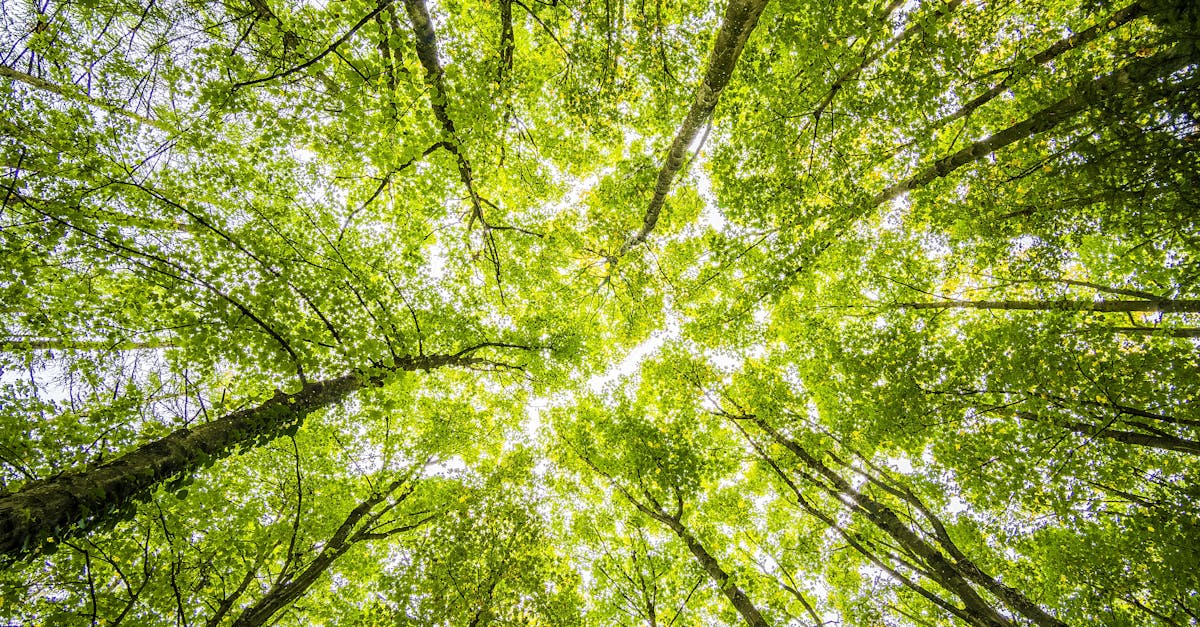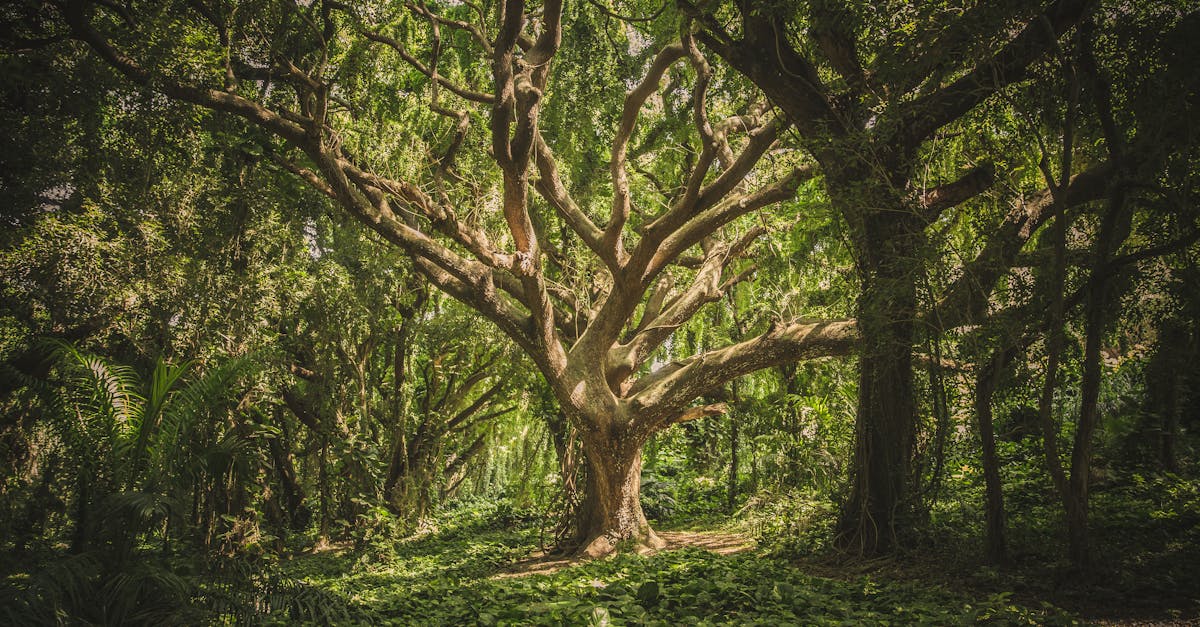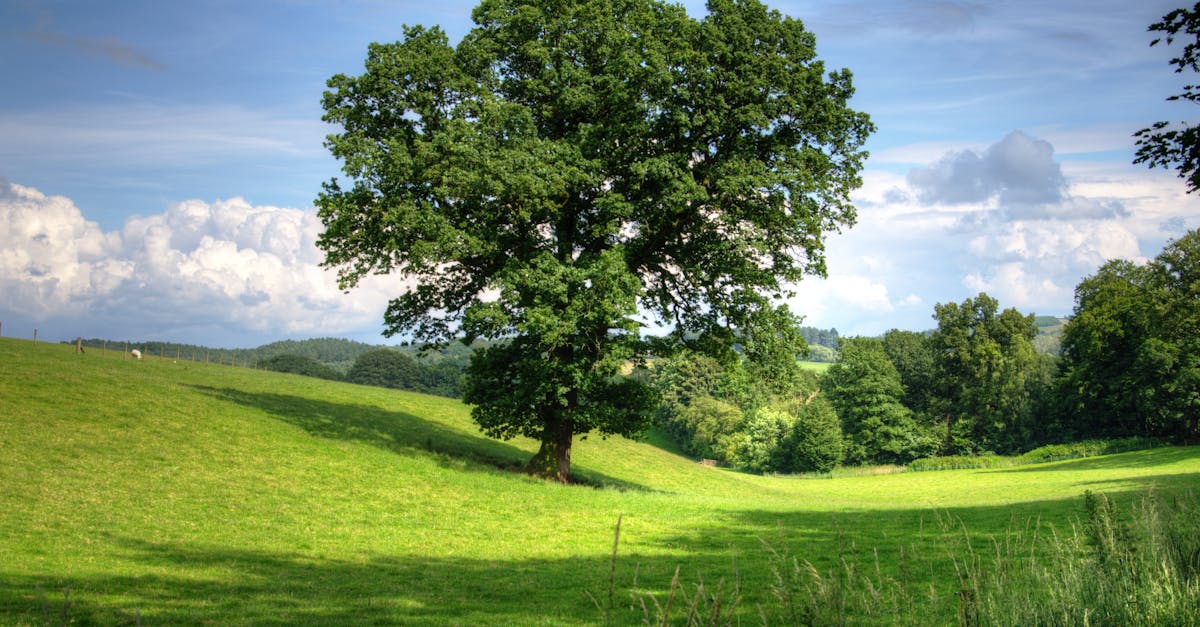
Tree Pruning and Trimming
At Zoe Tree Services, we specialize in professional tree pruning and trimming services tailored to meet the specific needs of your trees. Our team of experienced and skilled arborists are trained to safely and effectively prune and trim trees to promote healthy growth, improve tree structure, and enhance the overall appearance of your landscape. We use industry-leading equipment and techniques to ensure precise cuts and minimal impact on the health of your trees. Whether you need routine maintenance or extensive pruning, Zoe Tree Services is committed to delivering top-quality results with a focus on customer satisfaction. Trust us to keep your trees healthy and beautiful year-round. Contact us today to schedule an appointment for tree pruning and trimming services.
Benefits of Hiring Professional Arborists for Tree Care
When it comes to tree care, hiring professional arborists can offer numerous benefits. These experts are equipped with the knowledge and tools necessary to ensure that your trees receive the care they need to thrive. Professional arborists are trained in various pruning techniques and can provide precise trimming services to enhance the health and aesthetics of your trees. By entrusting your tree care needs to certified arborists, you can rest assured that the work will be done effectively and safely.
Additionally, professional arborists can assess the overall health of your trees and identify any potential issues such as diseases or pests. Their expertise allows them to create a tailored care plan for each tree on your property, ensuring that they receive the specific attention they require. By investing in professional tree care services, homeowners can maintain the beauty of their landscape while promoting the longevity and vitality of their trees.
Ensuring Expertise and Precision in Pruning Techniques
When it comes to tree pruning, expertise and precision are essential for the health and aesthetic appeal of the trees. Professional arborists have the knowledge and skills to identify the proper time and techniques for pruning different types of trees. They understand the importance of pruning at the right time, such as during dormancy in autumn or winter when the tree is not actively growing, to promote proper healing and minimal stress on the tree. Proper pruning techniques not only enhance the health and safety of the tree but also contribute to the overall beauty of the landscape.
Professional arborists utilize a variety of tools to ensure precision in pruning techniques, such as hand tools, chainsaws, and loppers. Each tool is chosen based on the specific needs of the tree and the desired outcome of the pruning. By using the right tools at the right angle, arborists can make clean cuts that promote healing and prevent water sprouts or insect infestations. Additionally, expertise in understanding tree physiology allows arborists to prune in a way that stimulates proper airflow, maximizes light exposure, and maintains the tree's natural shape and structure for optimal growth.
Key Differences Between Tree Trimming and Pruning
Tree trimming and pruning are both essential practices in maintaining the health and aesthetics of trees, but they serve distinct purposes. Tree trimming is primarily focused on the aesthetic appeal of trees and involves cutting back overgrown branches to shape the tree and promote even growth. It is often done to enhance the overall appearance of the tree, create a neater canopy, and improve visibility around structures like buildings and streetlights. Trimming typically does not involve deep cuts into the tree's structure and is more focused on the outer appearance.
On the other hand, tree pruning is a more intricate process that involves targeted removal of specific branches to improve the tree's health, safety, and structure. Pruning is done with the purpose of removing dead or diseased branches, improving the tree's overall form, and promoting healthy growth patterns. Unlike trimming, pruning addresses the inner structure of the tree, ensuring proper spacing between branches, adequate airflow, and reducing the risk of falling limbs during storms. Proper pruning techniques can help trees withstand harsh weather conditions and minimize the spread of diseases or pests throughout the tree.
Identifying the Unique Purposes of Each Practice
Tree pruning and trimming are crucial practices in maintaining the health and aesthetics of trees. While both techniques involve the removal of branches, they serve distinct purposes. Pruning is primarily aimed at promoting the overall health and structure of the tree by selectively removing dead or diseased branches. It also encourages proper growth patterns and enhances the tree's appearance. On the other hand, tree trimming focuses more on controlling the size and shape of the tree to fit a specific space or design aesthetic. Trimming is often done for ornamental trees in gardens or urban areas to maintain a neat and manicured look.
Understanding the unique purposes of pruning and trimming is essential for ensuring the proper care of trees. Pruning is essential for maintaining the health of the tree by removing limbs that may be diseased or damaged, promoting new growth, and preventing potential hazards. Trimming, on the other hand, is more about shaping the tree to achieve a desired look or size. By identifying the specific goals of each practice, arborists can tailor their techniques to best meet the needs of the tree and its environment, resulting in healthy and visually appealing trees.
Seasonal Considerations for Tree Maintenance
As the seasons change, so do the needs of our trees. Understanding the importance of seasonal considerations for tree maintenance can greatly impact the health and longevity of your trees. During the winter months, pruning and trimming activities may be limited due to dormancy. This period of inactivity is ideal for removing dead or diseased branches without causing stress to the tree. Additionally, it's crucial to inspect trees for signs of disease, especially common issues like Dutch elm disease or bark beetles that can thrive in cooler temperatures.
Spring brings an abundance of growth and activity to our urban forests, making it an optimal time for rejuvenation pruning and trimming. This includes shaping and thinning to promote better air circulation and light penetration. Flowering trees like apple trees and roses may also benefit from post-bloom pruning to encourage healthy growth. As the weather warms up, be mindful of hazards such as wind resistance in trees that are prone to toppling over. Regular maintenance during the spring season not only enhances the aesthetic appeal of your landscape but also contributes to the overall well-being of your trees.
Adapting Pruning Techniques to Different Times of the Year
Adapting pruning techniques to different times of the year is crucial for the health and aesthetics of your trees. Understanding when to prune can make a significant difference in how well your trees respond to the process. In spring, after the last frost, is an ideal time for pruning. This season allows for the removal of dead, damaged, or diseased branches before new growth begins. It's also a suitable time for shaping and thinning to encourage healthy growth throughout the growing season.
During the summer months, it's best to avoid extensive pruning as trees are actively growing. Minor pruning for maintenance purposes can be done, such as removing water sprouts or correcting structural issues. Fall is an excellent time for pruning, particularly for deciduous trees. Once the trees have shed their leaves, it becomes easier to assess their structure and prune accordingly. This season is also ideal for removing any dead or diseased branches before winter sets in. Winter, while the dormant season for most trees, is an opportune time for pruning fruit trees. This period allows for shaping, thinning, and promoting new growth when the trees are not actively drawing on their resources for leaves and fruit.
FAQS
Why is tree pruning important?
Tree pruning is essential for maintaining the health, appearance, and structural integrity of trees. It helps to remove dead or diseased branches, promote new growth, and shape the tree to enhance its overall health.
What is the difference between tree trimming and tree pruning?
Tree trimming typically involves cutting back overgrown branches to maintain the tree's shape and size, while tree pruning is a more precise technique that focuses on removing specific branches to improve the tree's health and structure.
When is the best time to prune trees?
The ideal time to prune trees varies depending on the species of tree and the specific goals of the pruning. In general, it is best to prune deciduous trees during the dormant season in late winter or early spring, while it is recommended to prune flowering trees after they have bloomed.
Can I prune my trees myself, or should I hire a professional arborist?
While minor pruning tasks can be done by homeowners, it is advisable to hire a professional arborist for more complex pruning jobs or for trees that require special care. Professional arborists have the expertise and tools needed to ensure the health and longevity of your trees.
How often should trees be pruned?
The frequency of tree pruning depends on the tree species, its age, and its growth rate. In general, most trees benefit from annual pruning to remove dead or damaged branches and promote healthy growth. It is best to consult with a professional arborist to determine the specific pruning needs of your trees.


